India's agricultural landscape is undergoing a profound digital revolution through AgriStack, a transformative Digital Public Infrastructure (DPI) that is reshaping how farmers interact with information, markets, and services. As India's digital footprint expands across various sectors, agriculture, the backbone of the nation's economy, is now embracing technology to overcome long-standing challenges of inefficiency, limited market access, and inadequate service delivery.
.jpg)
The Digital Foundation of Modern Farming
AgriStack forms the cornerstone of India's ambitious Rs 2,817 Crore Digital Agriculture Mission approved in September 2024. This initiative creates a unified digital ecosystem where farmers' data becomes the catalyst for improved decision-making, enhanced productivity, and economic empowerment.
At its core, AgriStack comprises three essential components:
Farmers' Registry: A comprehensive database containing unique digital identities for farmers, similar to Aadhaar
Geo-referenced Village Maps: Precision mapping that enables location-specific agricultural services
Crop Sown Registry: A standardized national database tracking crop patterns across regions
The foundation of this system is the innovative 'Farmer ID, a unique 11-digit identifier that functions as a digital passport for farmers, connecting their demographic information, land records, and seasonal crop data in one secure location.
From Fragmentation to Integration
Traditional agricultural systems in India have long suffered from fragmentation. Farmers previously navigated a labyrinth of departments for accessing land records, scheme benefits, and agricultural services. Manual record-keeping often proved insufficient and inaccurate, creating barriers to service delivery and economic growth.
AgriStack addresses this fragmentation through digital integration, creating what Bill Gates reportedly observed during his visit to Odisha, a dynamic ecosystem where farmers receive timely alerts about disease outbreaks, weather changes, and market price fluctuations.
Real-World Impact: How AgriStack Changes Farming
The transformation extends far beyond theoretical benefits. For farmers on the ground, AgriStack delivers tangible advantages:
Enhanced Decision-Making: With access to real-time weather updates, soil health insights, and crop advisories, farmers can make informed decisions about planting, harvesting, and resource allocation.
Streamlined Financial Access: Banks and microfinance institutions can leverage farmer data to assess creditworthiness and create tailored financial products. This reduces the traditional barriers farmers face when seeking loans and insurance.
Market Connectivity: Farmers gain enhanced visibility into market prices and direct connections to buyers, reducing dependency on intermediaries and improving income potential.
Targeted Service Delivery: Government schemes, subsidies, and agricultural services reach intended beneficiaries more efficiently through accurate identification and reduced paperwork.
Beyond Technology: Systemic Transformation
What makes AgriStack particularly powerful is its role as a catalyst for broader systemic change. The initiative creates a virtuous cycle where digital infrastructure drives administrative improvements. The formation of the Farmer Registry necessitates that all agricultural land parcels owned by farmers are updated and linked to their profile because benefits associated with farmland such as crop insurance, seeds, fertilizers, and irrigation will be tied to the farmer Registry.
This mandatory digitization nudges both farmers and government departments to maintain accurate, up-to-date land records, addressing a fundamental challenge that has limited agricultural development for decades.
The Economic Ripple Effect
For India's agribusiness sector, AgriStack creates unprecedented opportunities. Private companies gain access to standardized farmer data, drastically reducing the cost and time needed to onboard farmers to their platforms. Fintech startups can develop more accurate risk assessment models for agricultural lending and insurance, expanding financial inclusion.
The initiative also supports a rural gig economy, with projections indicating employment opportunities for approximately 250,000 trained local youth and Krishi Sakhis who will help implement and ground-truth the digital infrastructure.
Addressing Challenges
Despite its transformative potential, AgriStack faces important challenges that must be addressed:
Data Privacy Concerns: The collection and integration of farmer data raise legitimate privacy concerns. The implementation team emphasizes compliance with the Digital Personal Data Protection (DPDP) Act, 2023, with features like a Consent Manager that gives farmers control over data sharing and revocation.
Inclusion of Marginalized Farmers: There are concerns about potentially excluding tenant farmers, sharecroppers, and agricultural labourers who may not have land titles. The initiative aims to address this in future phases by extending beyond land-owning farmers.
Digital Literacy and Connectivity: Rural digital literacy and connectivity remain significant barriers to adoption. Comprehensive training programs for farmers and local administrators will be essential to maximize the impact of these digital tools.
CSM Tech's AgriStack - The Game-Changer for Global Agriculture
.jpg)
CSM Tech's AgriStack is a transformative digital ecosystem enhancing agriculture through platforms like Krushak Odisha, GO SUGAM, and Simplified Application for Agricultural Loans (SAFAL). Krushak Odisha provides farmers with verified digital identities, ensuring precise subsidy delivery and faster benefit transfers. GO SUGAM offers a single-window portal for agricultural services, improving transparency and efficiency. SAFAL streamlines farm loan access, promoting financial inclusion with over 400 loan products from 40+ banks.
Implemented for the Government of Odisha, these solutions leverage CSM's digital governance expertise. With a global presence in Kenya, Rwanda, Canada, and beyond, CSM demonstrates scalability and adaptability. Governments worldwide can replicate AgriStack by adopting its scalable infrastructure, which enhances service delivery, data-driven decisions, and financial access. AgriStack’s success in Odisha serves as a replicable model for revolutionizing agricultural ecosystems globally.
Reimagining India’s Farms for a Resilient Future
AgriStack represents more than just another government IT project. It’s a fundamental reimagining of India's agricultural ecosystem. By creating digital rails that connect farmers with information, services, and markets, it addresses the structural inefficiencies that have limited agricultural productivity and economic growth.
The transformation is still unfolding, but early evidence suggests that AgriStack has the potential to drive sustainable growth, enhance farmer livelihoods, and create a more resilient agricultural sector. As this digital infrastructure matures, it could serve as a model for agricultural transformation not just in India, but across developing economies worldwide. The future of farming is digital, data-driven, and increasingly connected—and Agri Stack is helping India's agricultural community navigate this transformation with confidence.









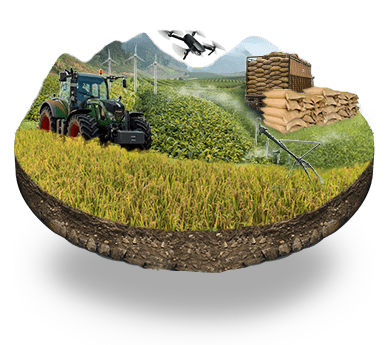


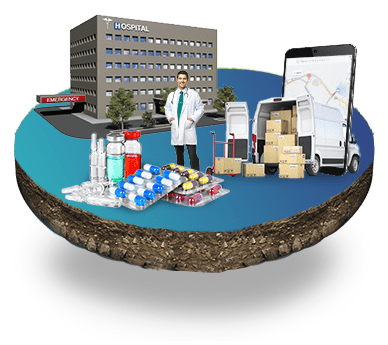

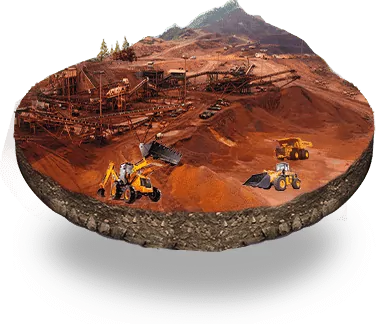




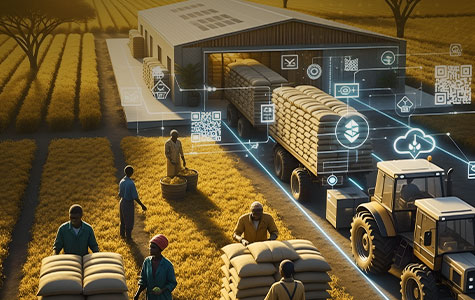




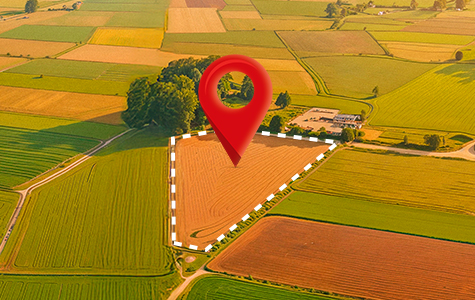





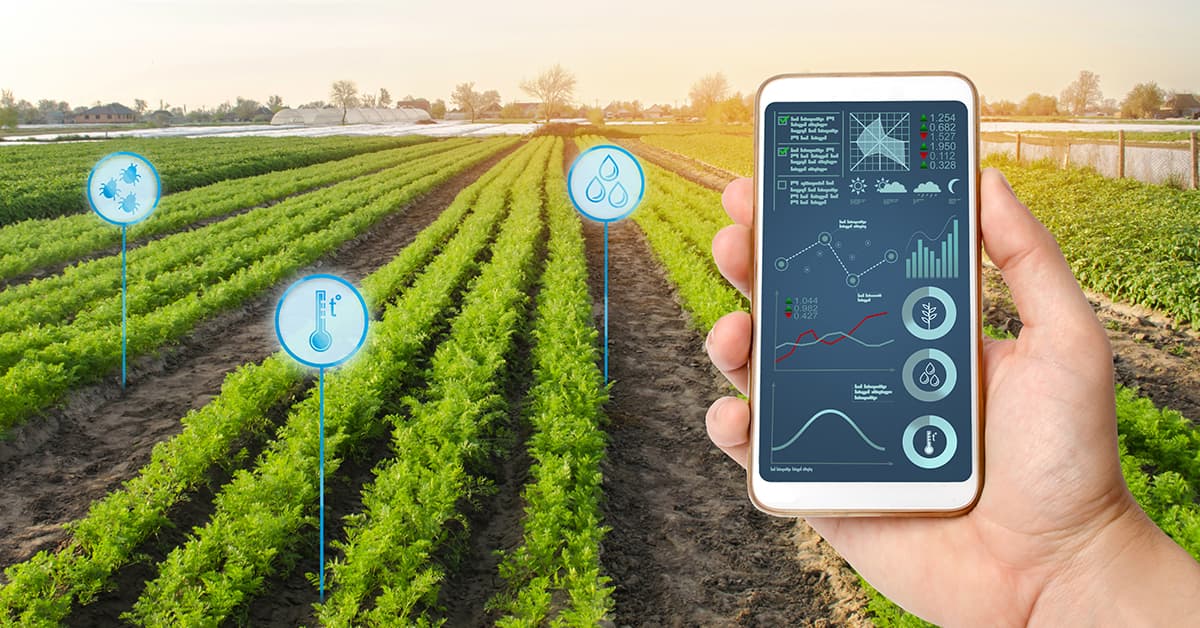





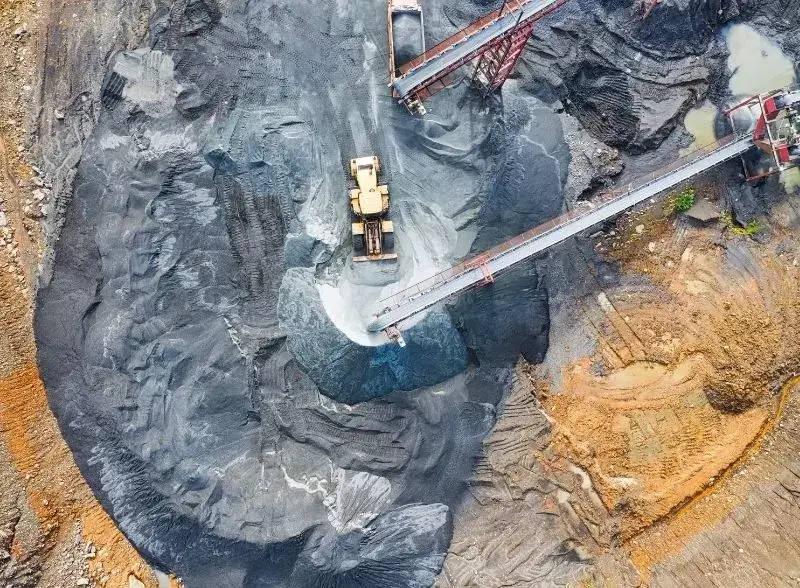


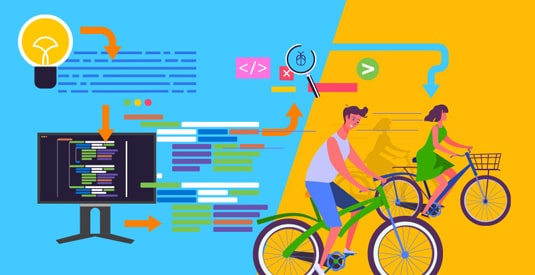






We will verify and publish your comment soon.